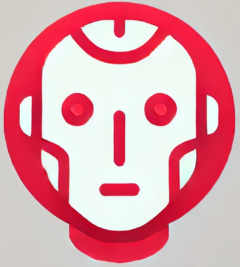
Evolution of Brain Cells Through AI
The intersection of artificial intelligence and genetics is opening new doors in understanding the evolution of brain cells. As these two fields converge, scientists are finding innovative ways to explore the complexities of the human brain and its development over time.
Harnessing AI to Decipher Genetics
The human brain is one of the most complex organs, and its evolution has been a subject of fascination for many researchers. With the advent of artificial intelligence (AI), scientists can now process the overwhelming amount of genetic data with greater efficiency and accuracy. AI algorithms can analyze genetic sequences, uncover patterns, and suggest evolutionary pathways that might have been challenging to identify through traditional methods.
The Role of Genetic Variants
AI technology has enhanced our ability to identify genetic variants that play a crucial role in the brain’s evolution. Here are some ways AI is contributing:
- AI-driven models can predict the impacts of specific genetic changes on brain development and function.
- Algorithms can sift through massive datasets to pinpoint genetic mutations linked to neurological diseases, offering insights into ancient evolutionary processes.
- Machine learning tools help visualize the relationships between genetic variants and their influence on brain morphology.
AI-Guided Insights into Brain Structure and Function
Beyond genetics, AI is revolutionizing our understanding of brain structure and function. Neural networks, a subset of AI, have proven instrumental in simulating brain activity and providing insights into how different brain regions have adapted over time.
Understanding Neural Pathways
AI sheds light on the intricacies of neural pathways by:
- Modeling the evolutionary trajectory of synaptic connections, offering clues about how cognitive functions have evolved.
- Simulating brain network changes to predict how specific genetic mutations affect neuronal communication.
- Utilizing brain imaging data to map the growth and adaptation of various lobes and areas over millions of years.
Implications for Neuroscience and Medicine
The integration of AI in studying the genetic evolution of brain cells not only advances our understanding of human history but also has profound implications for modern science and medicine.
Potential Applications
- Personalized Medicine: AI can tailor medical treatments based on individual genetic profiles, especially for neurological conditions.
- Early Diagnosis: By recognizing genetic patterns associated with brain disorders, AI supports earlier and more accurate diagnosis.
- Drug Development: Understanding the evolutionary aspects of brain cells can lead to innovative treatments targeting specific genetic pathways.
The marriage of AI and genetics is producing fascinating insights into the evolution of brain cells, paving the way for future breakthroughs in neuroscience. As AI technology continues to evolve, its applications in understanding the human brain are poised to expand, bringing us closer to unraveling the mysteries of our most vital organ.
“`
